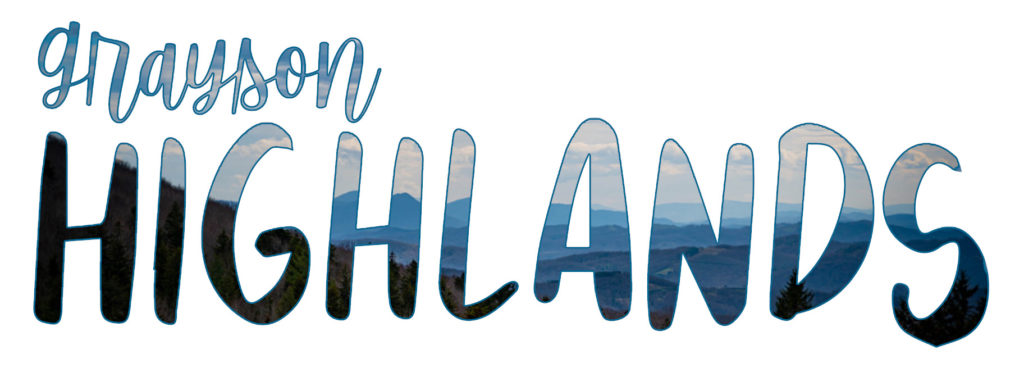
Every year I try to plan a birthday adventure for myself – a park I’ve been eyeing, or an experience I’ve wanted to try. This year I decided that I wanted to visit New River Gorge National Park with a side trip to Grayson Highlands State Park on the way.
I first heard of Grayson Highlands from a horse-loving friend. I’ve visited the wild ponies of Cumberland Island, and I grew up loving Misty of Chincoteague, but I had never heard of the Grayson Highland ponies.
I loaded up the Jeep with all of my gear and two adventure buddies (Teri from Sommer Days Photography and my mom) and we headed for the Highlands. The trip took us through all kinds of winding backroads and mountain passes, and Blue handled the trek marvelously – including the very last stretch, which saw us down an unpaved forest service road. It was slow going at times, but we finally arrived at our destination – The Creeper Trail Campground. We were delighted to find the owners have a cute little shop, complete with wifi and an espresso machine!
We did not spend long in camp before unhooking Blue and heading for the park. We were so excited to find ponies! Once arriving in the Highlands, what we initially found was cold – a good 15° colder than the campground! I dug some cold gear out of the trunk of the Jeep (always prepared!) and we set out on the trail. We passed a small ground of hikers, and I anxiously asked if they had seen ponies; “oh of course! You can’t miss them!” they exclaimed.
We had a short look planned which would hike some of the most popular pony-spotting views, and also touch a short spur of the Appalachian Trail, something we also enjoy.
We hiked and hiked. It was windy and rocky. We saw lots of signs of ponies, but they actual critters eluded us. At one point we saw three tiny specs on a far hillside, but not anywhere close to where we were.
Regardless, the hike was beautiful. The balds provided breathtaking views – the very thing that the ponies were introduced to protect. The balds are the result 19th century logging. The ponies were introduced in 1974 to keep the balds clear, as they would return to their natural wooded state without grazing.
The section of the Appalachian Trail is well marked with the famous white blazes, and obviously well travelled.
As our loop departed the Appalachian Trail and headed back towards the parking area, there a section that heads deep into the old growth. The trees blocked some of the wind off of us, keeping us a bit warmer. “Ahh, here,” I thought, “here we might find ponies!”. The forest had a magical quality, like a scene from a Disney movie.
The ground was covered with interesting textures, mosses, minuscule plants, and a blanket of impossibly small pink flowers.
Alas, we finally arrived back to our car, tired and a little disappointed at having not found any tiny equines. But, we still had one more day to explore the park, a bit of a different section, so I had hopes that we would be successful still.
I was tired from a day full of driving, so I asked mom to drive. I watched out of the passenger windows as we made our way out of the park, watching the sunset illuminate the hills. As we drove, I suddenly spotted familiar figures on a backlit hill. “PONIES!” I exclaimed. Mom put the Jeep in reverse and we made our way back, parking alongside the road in a small clearing so Teri and I could scramble out and make our way closer. Our approach was denied by a fence (the ponies are contained within the larger area of the park, away from the roadway, but we could use our long lenses to capture the two mares as they grazed – a chestnut paint, and a very very pregnant bay mare.
After a few moments, the paint mare began to make her way excitedly towards the fence. She was curious about us and our camera, and came all the way to the fence. It’s obvious that while these horses are “wild” in the sense that they are uncared for, they lack any fear of humans, and in fact have come to expect handouts from the frequent hikers.
A little more cautiously (and understandably as she was enormously pregnant), the bay mare also made her way over, not to be overlooked for handouts if there were any to give. Alas, they were both disappointed that we were not going to be feeding them, and they eventually sauntered a short distance away once more.
There are approximately 150 ponies who call the Highlands home. They are descendants of Assateague Island ponies, just like Misty of Chincoteague, and just like their cousins, they are tough and tiny, capable of thriving in the rough winters of the Highlands.
Mission accomplished and photographic goals achieved, we headed back to our campground for the night. The next morning, we found our way back to the park, and set out on a separate section of the Appalachian Trail. It was no time at all before we found another rag-tag band of ponies, two mares and a young filly. The chestnut mare was snoozing when I first approached, but she got up after a few minutes and headed over to a sign post to scratch. They are all shedding out their thick, shaggy winter coat, which can be really itchy and sweaty. They all three took turns scratching on the signs and park benches.
My favorite was the dark bay mare, who had the most magnificent mane and tale. She was grazing her way through really dense thorns, carefully picking out the most tender shoots of grass from between the briars. I don’t know how she managed to not tangle her tresses.
The youngest of the three, a palomino filly, was very curious, and approached us eagerly, most likely looking for a handout. The thought of non-horse people feeding these ponies any assortment of human snacks makes me queasy – equids have such delicate digestive tracks, and are susceptible to colic, a very dangerous kind of stomach upset that can quickly turn fatal without medical intervention. It is one of the leading causes of death in our domesticated horses, and I imagine it can be a serious problem in the wild herd.
I’d love to return to the Highlands in the summer and spend more time hiking the trails and perhaps finding additional bands of ponies. There are also Longhorns that roam the hills in the summer, providing an additional source of photographic enjoyment.



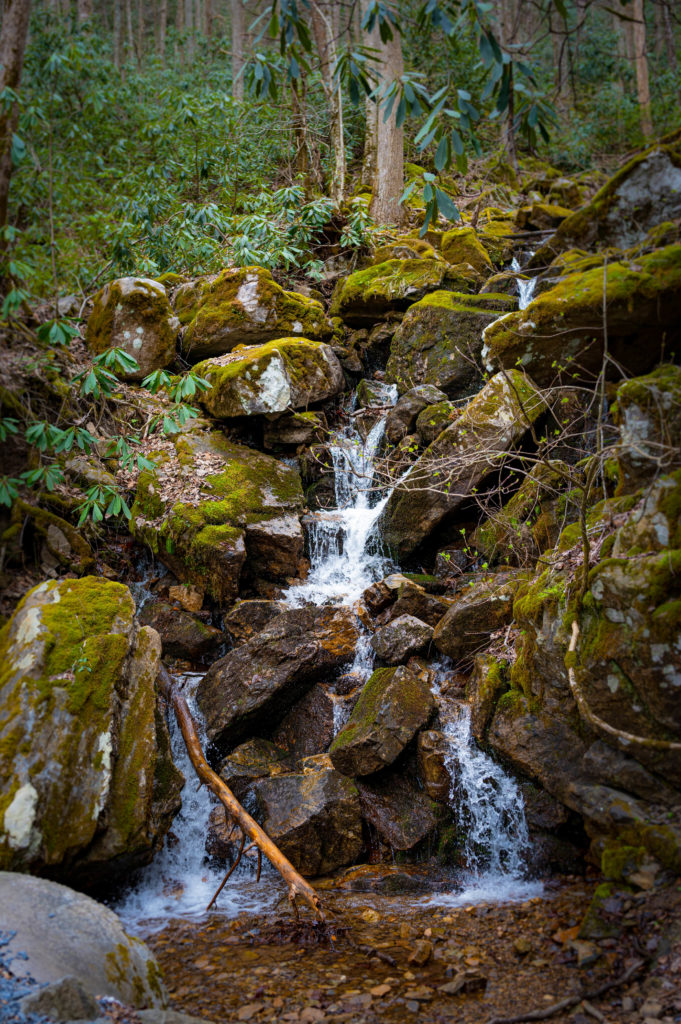
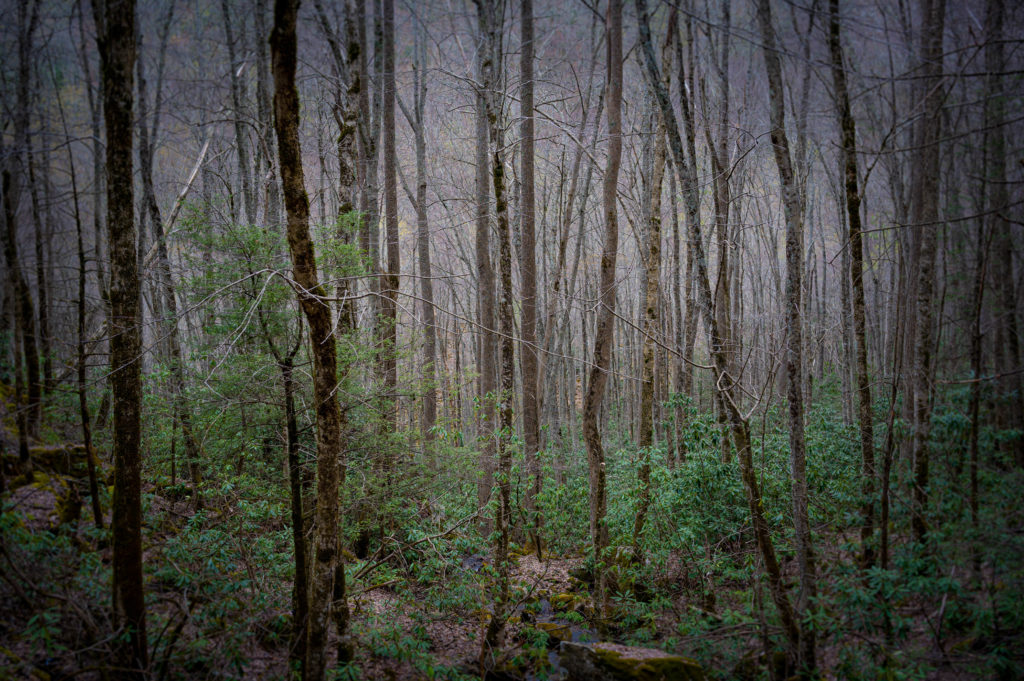

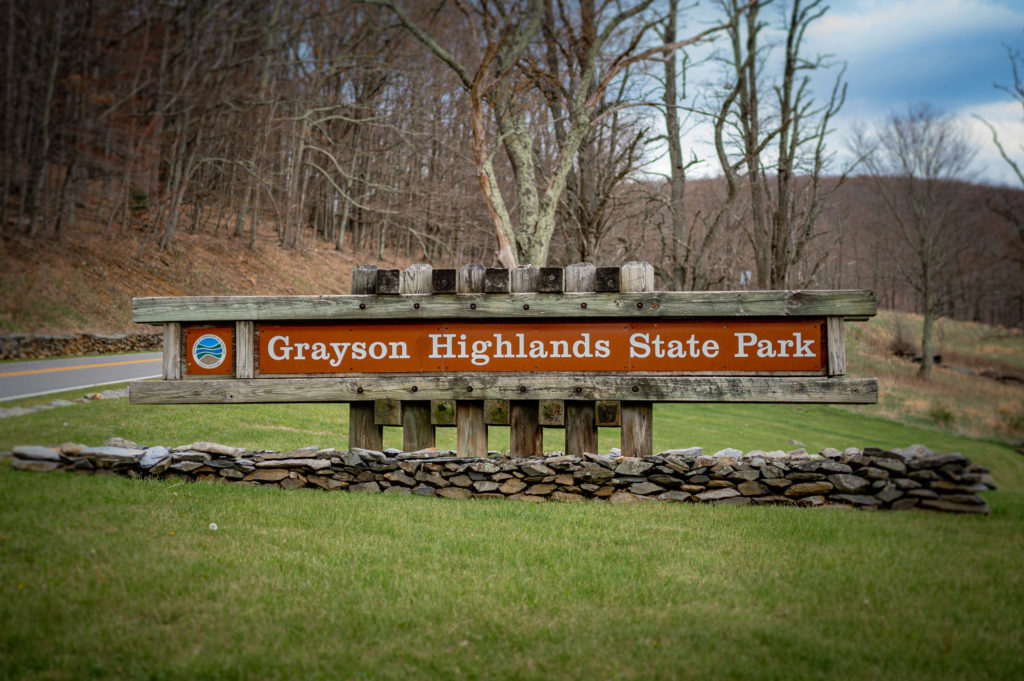
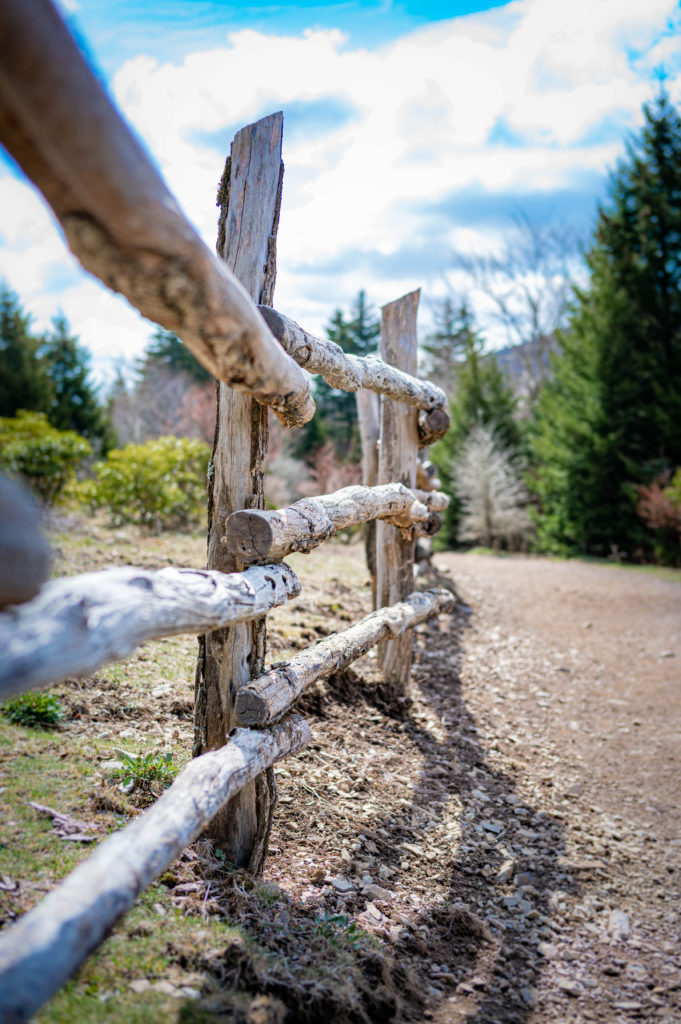

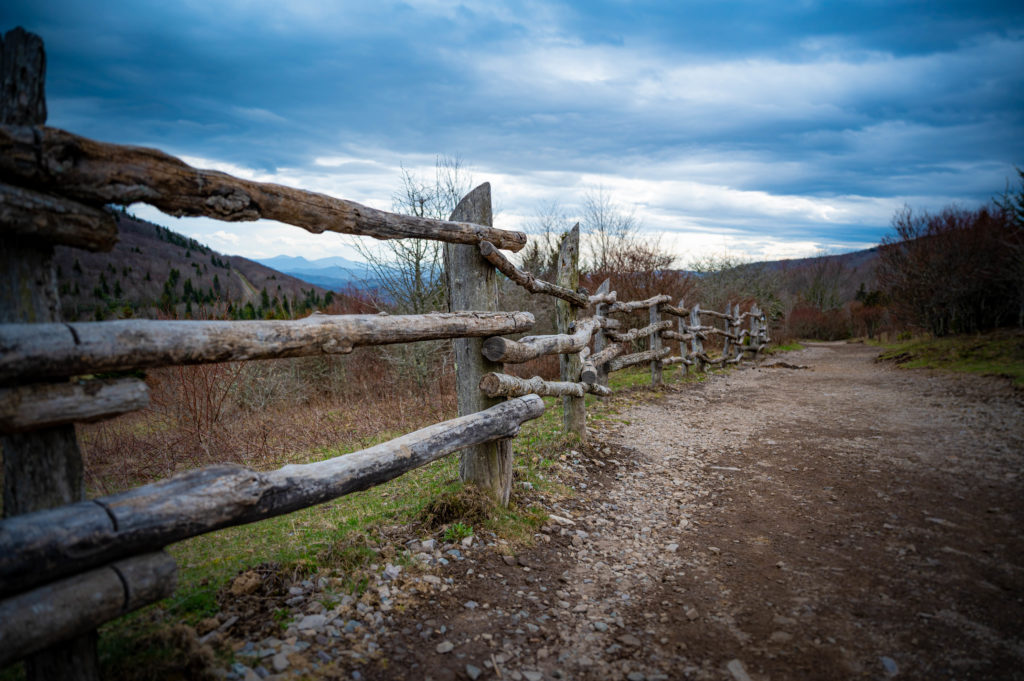
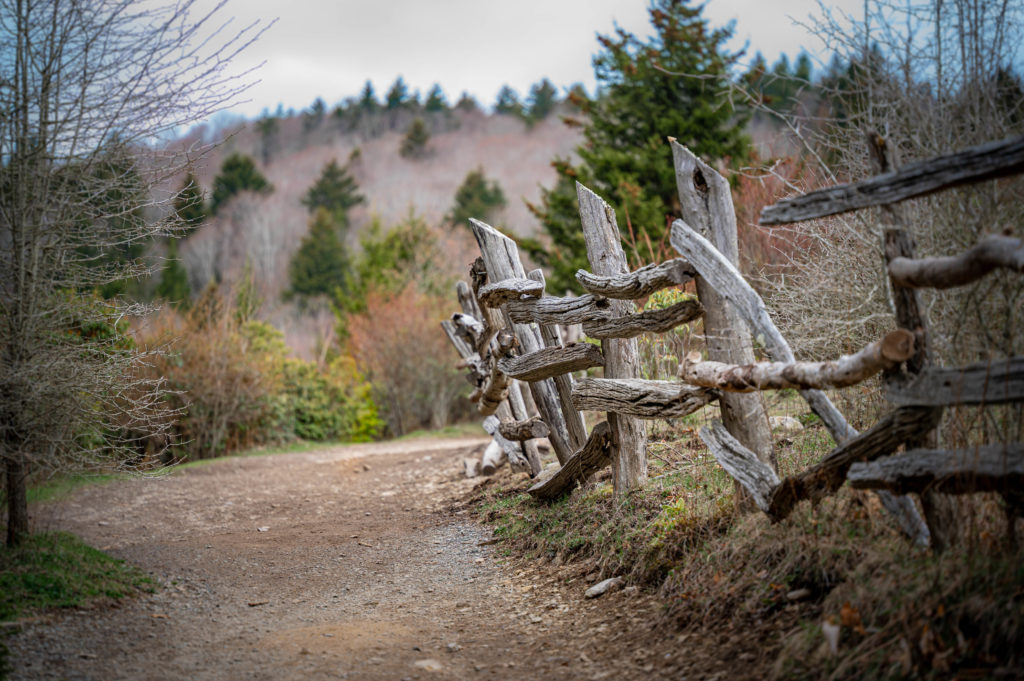

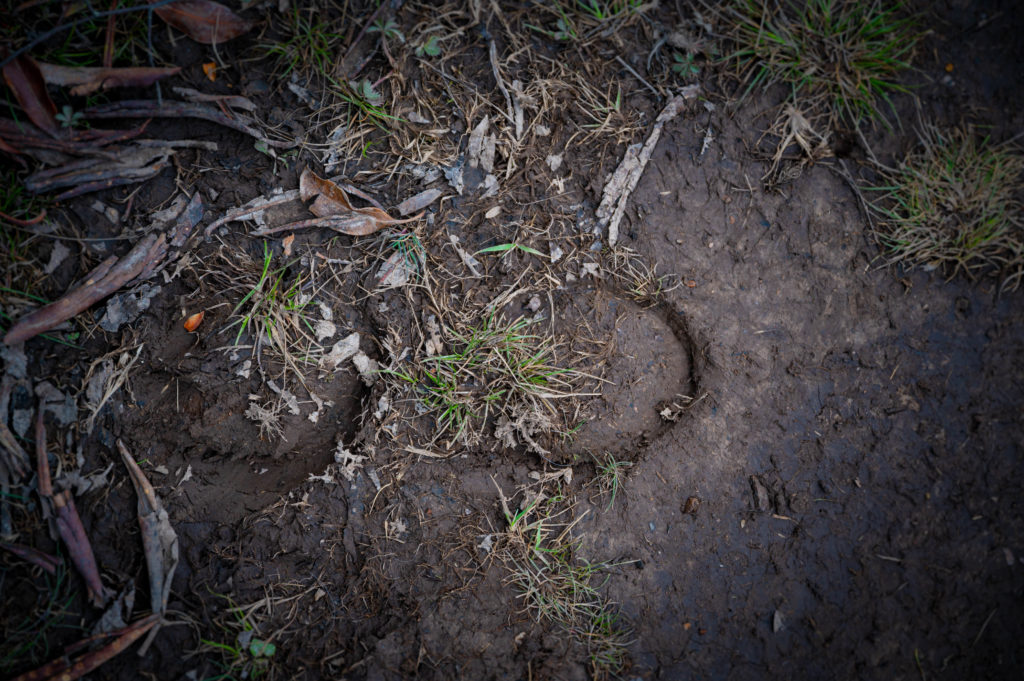

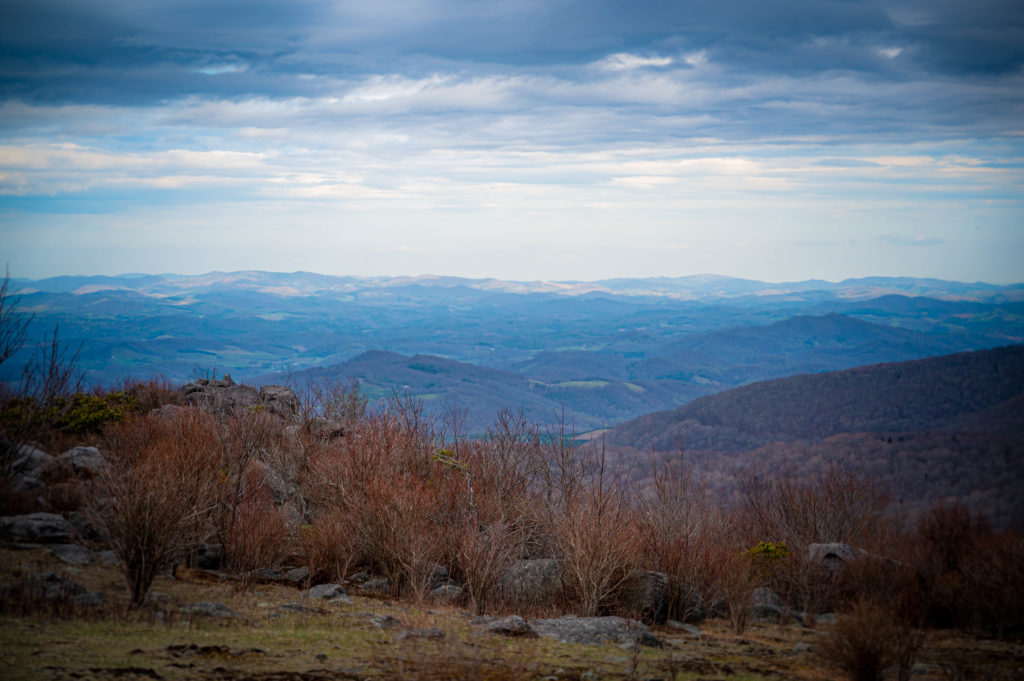
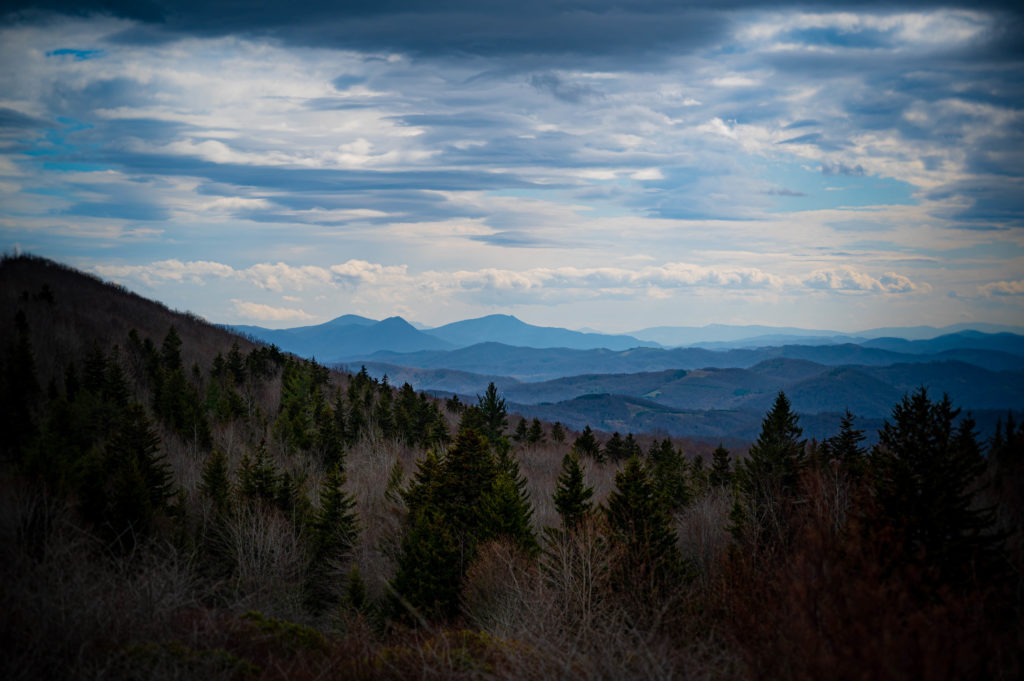
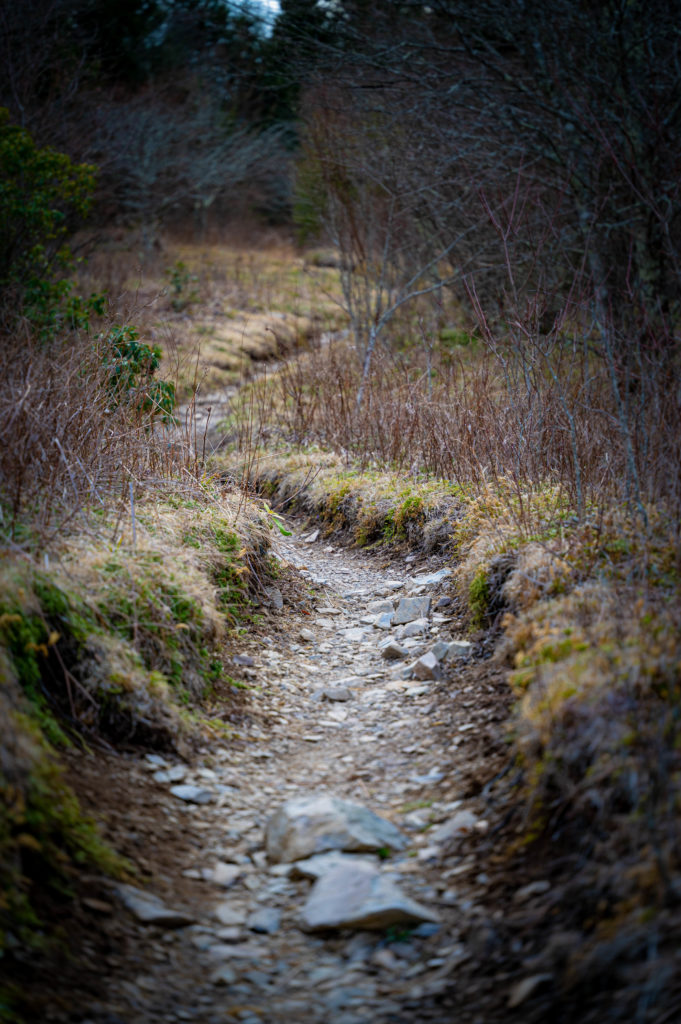
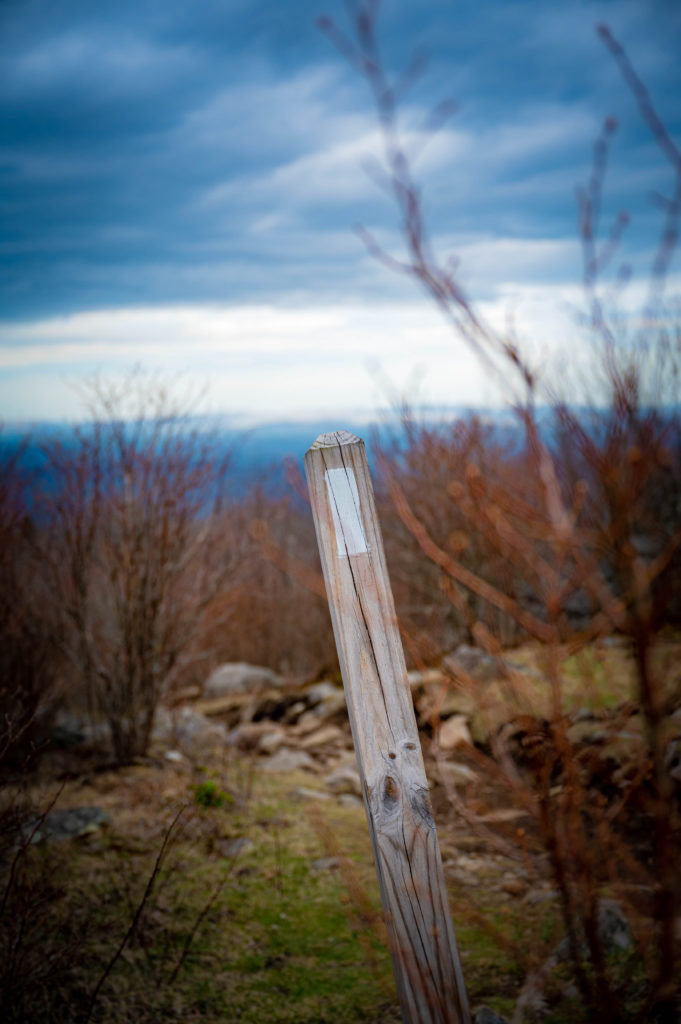
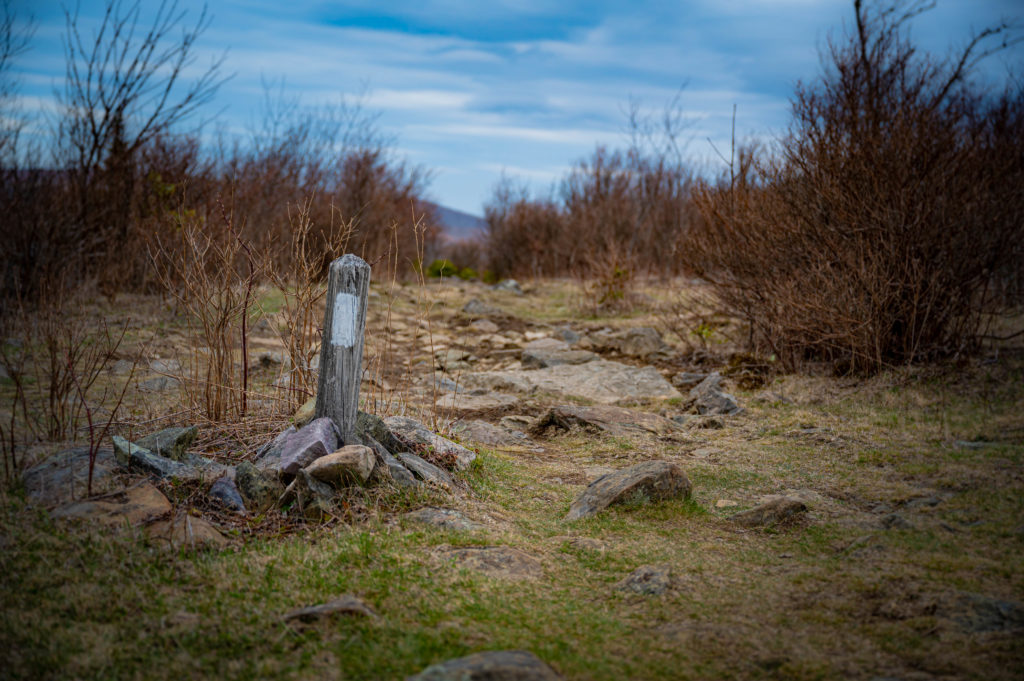
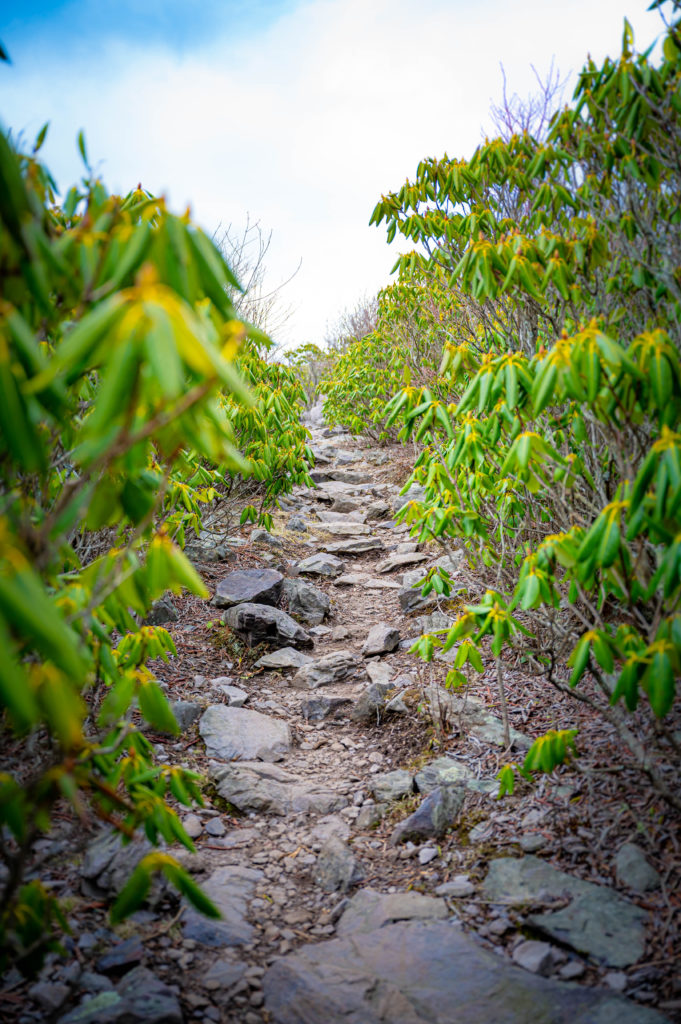
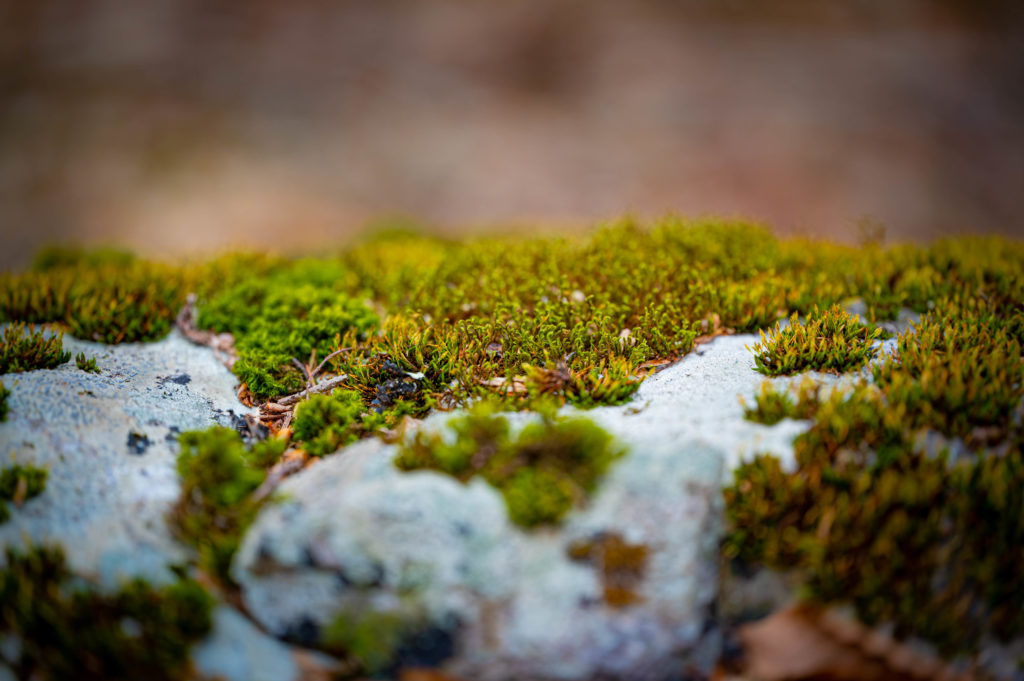


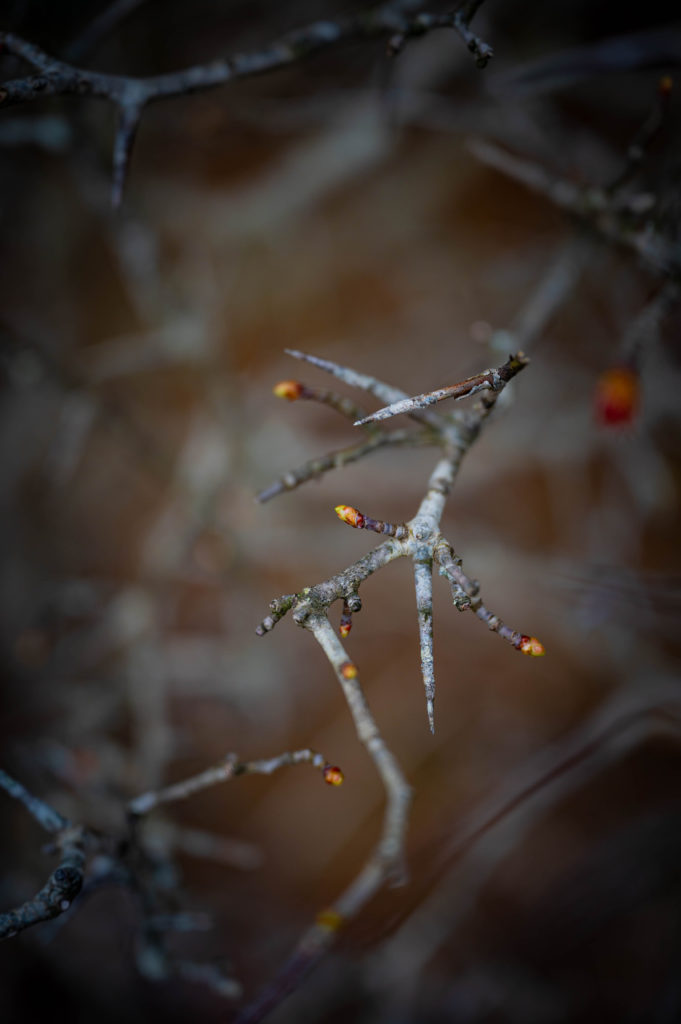
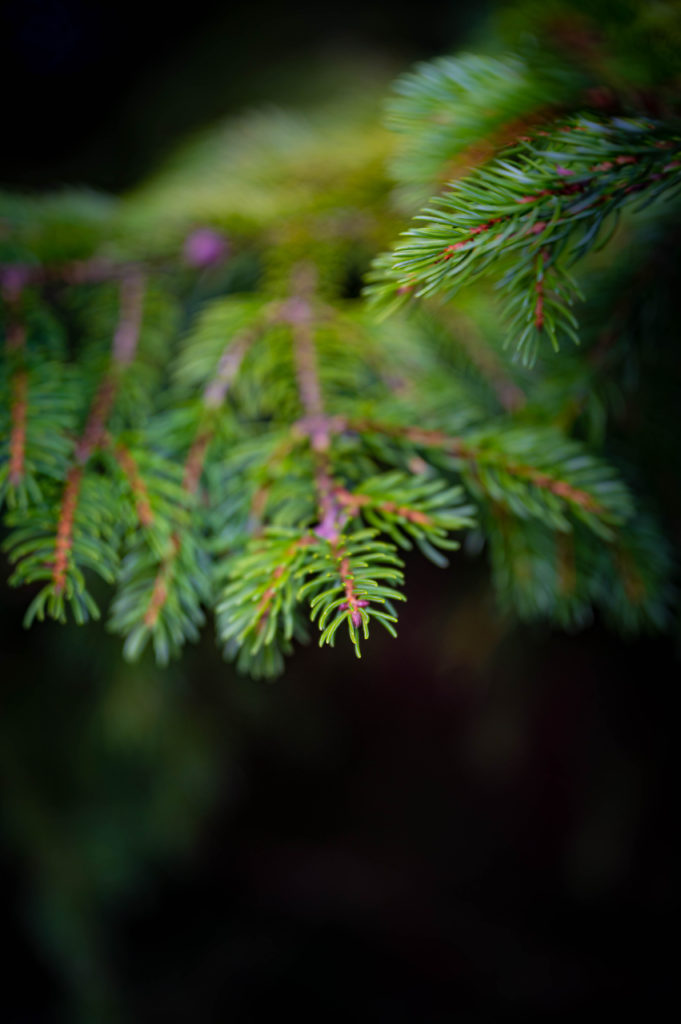
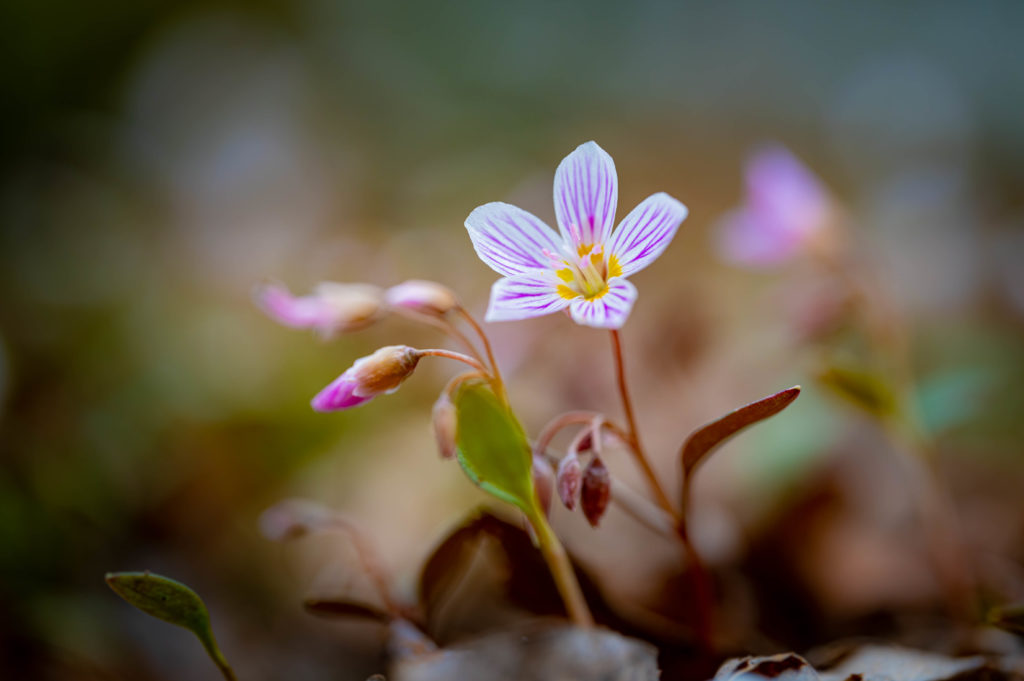
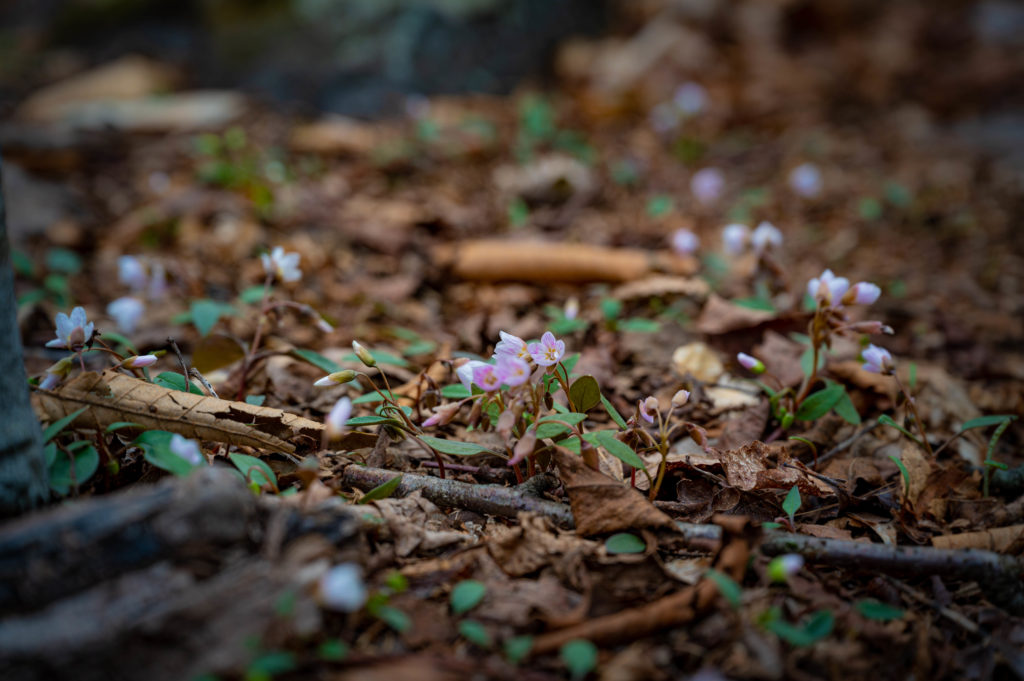
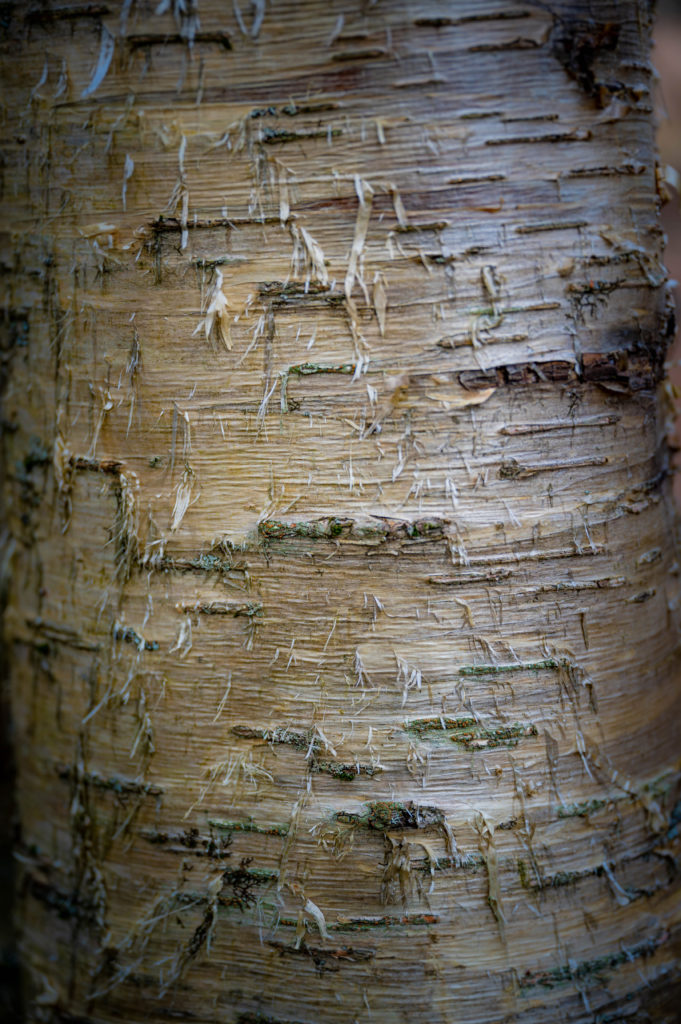
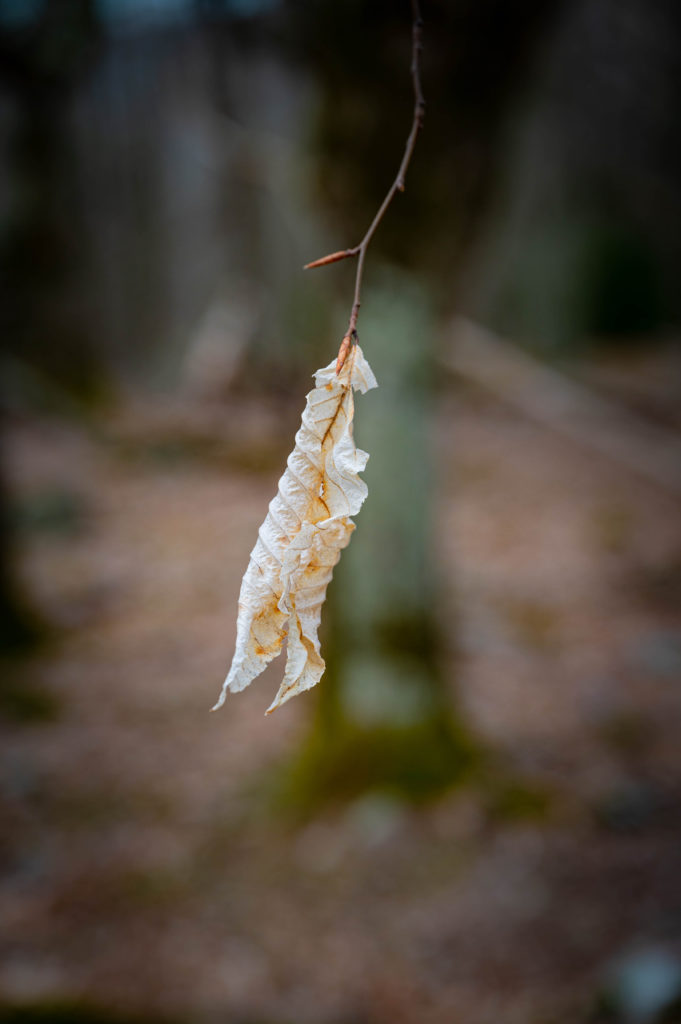
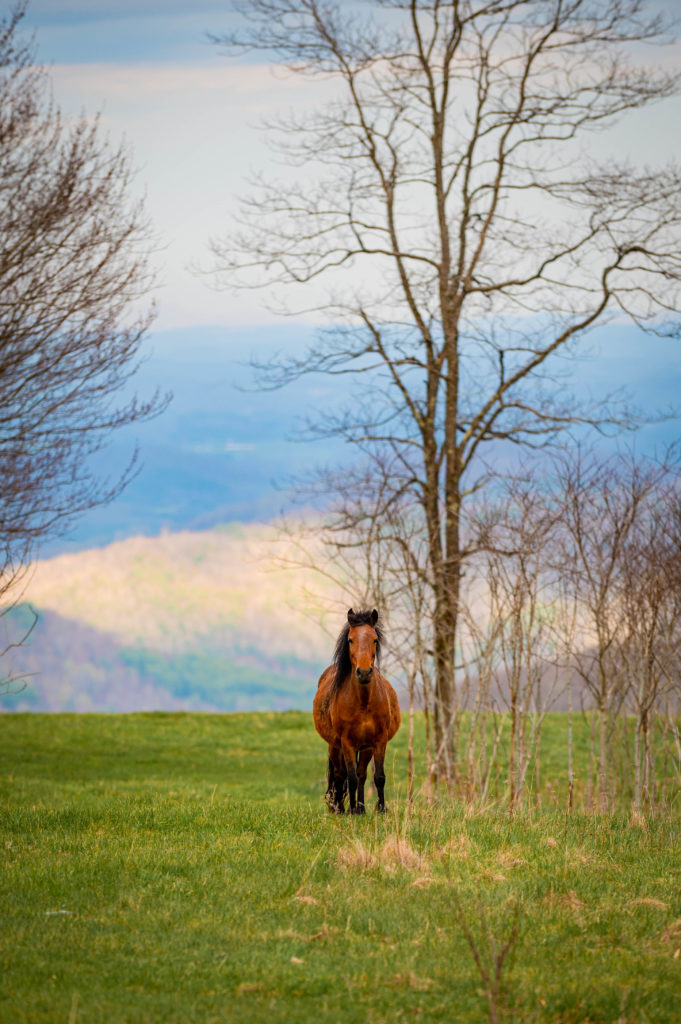

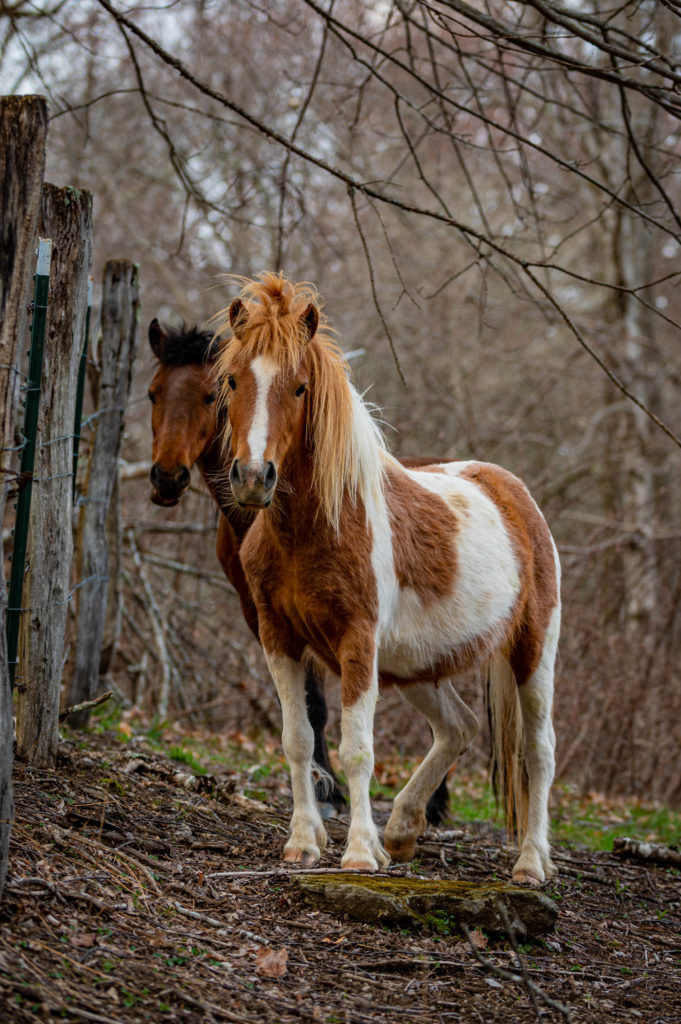
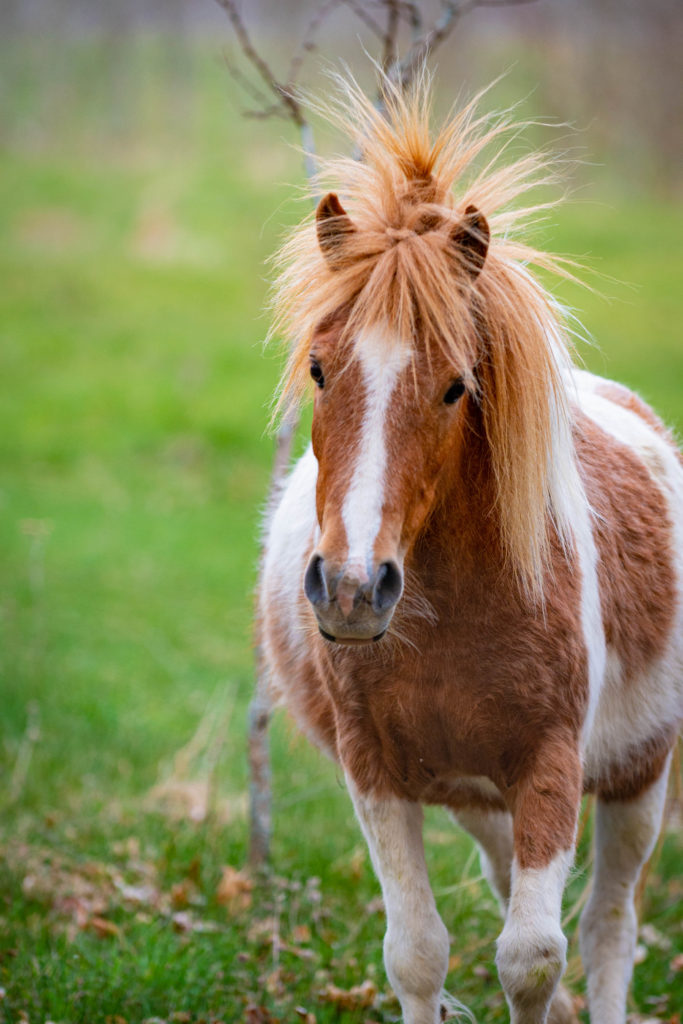
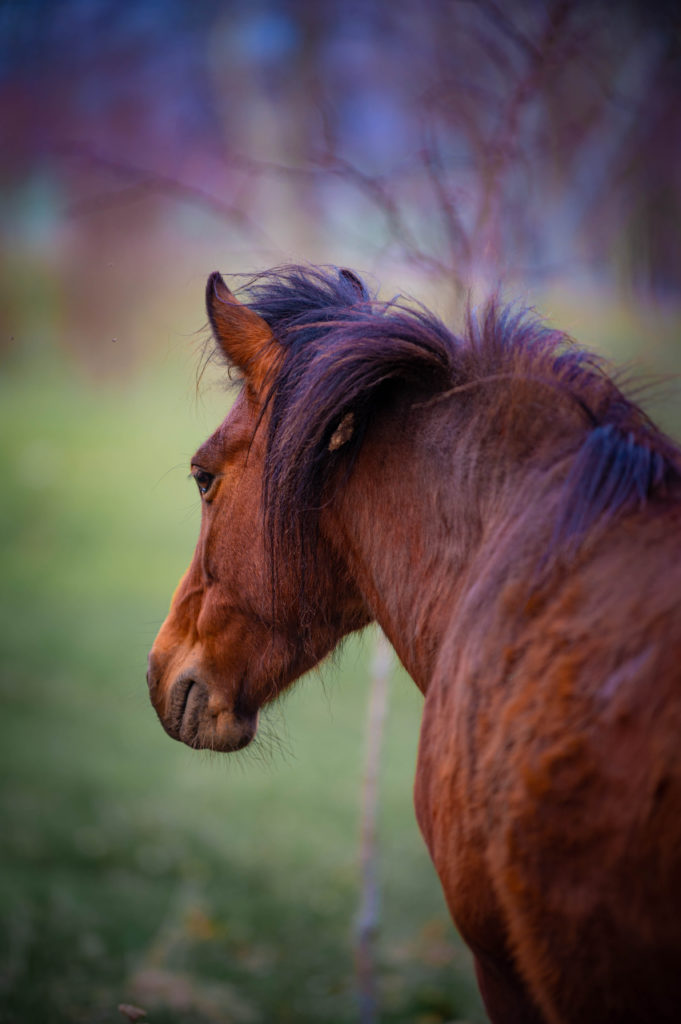
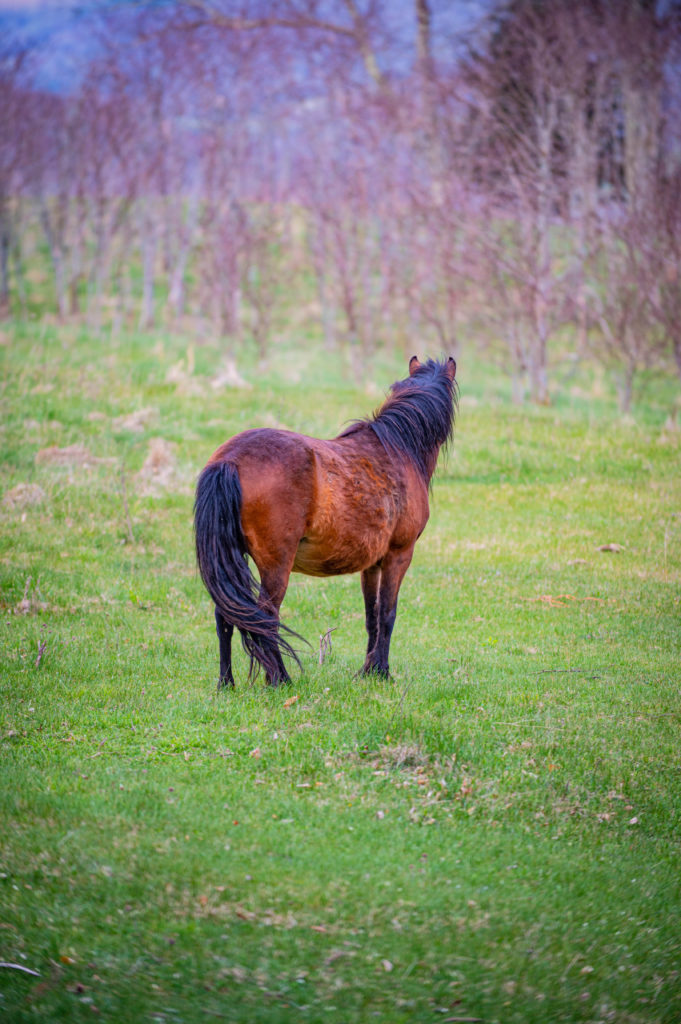

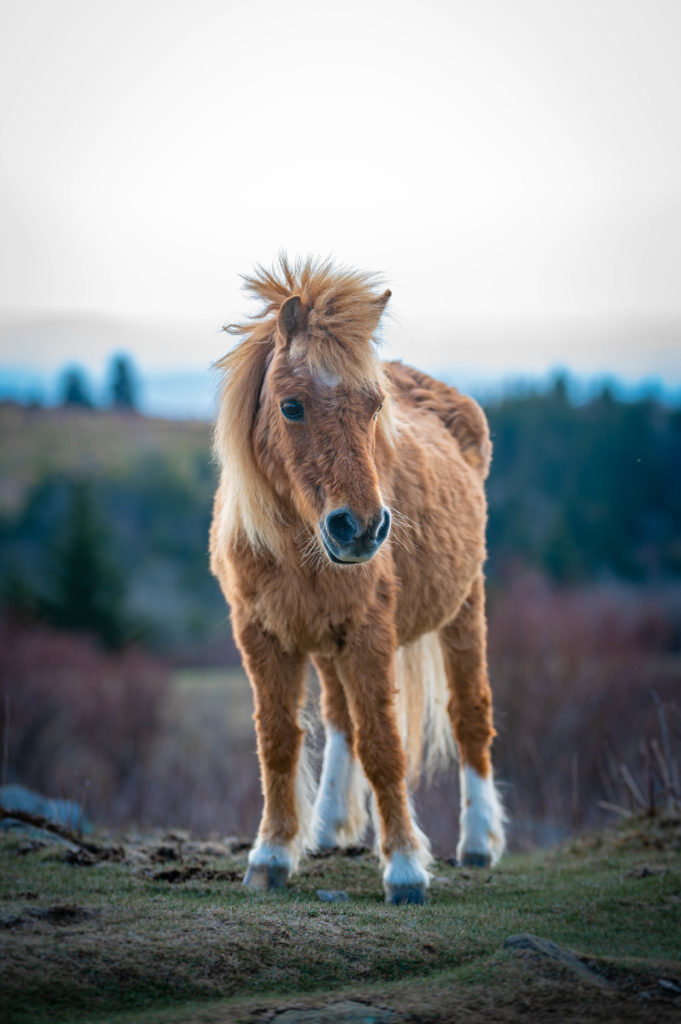
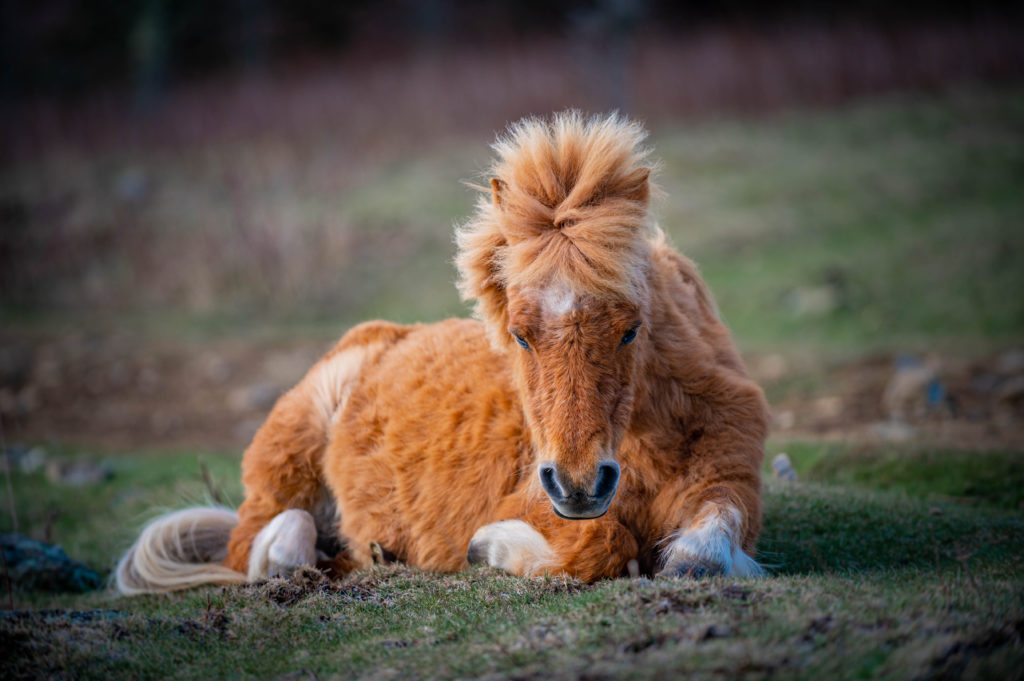
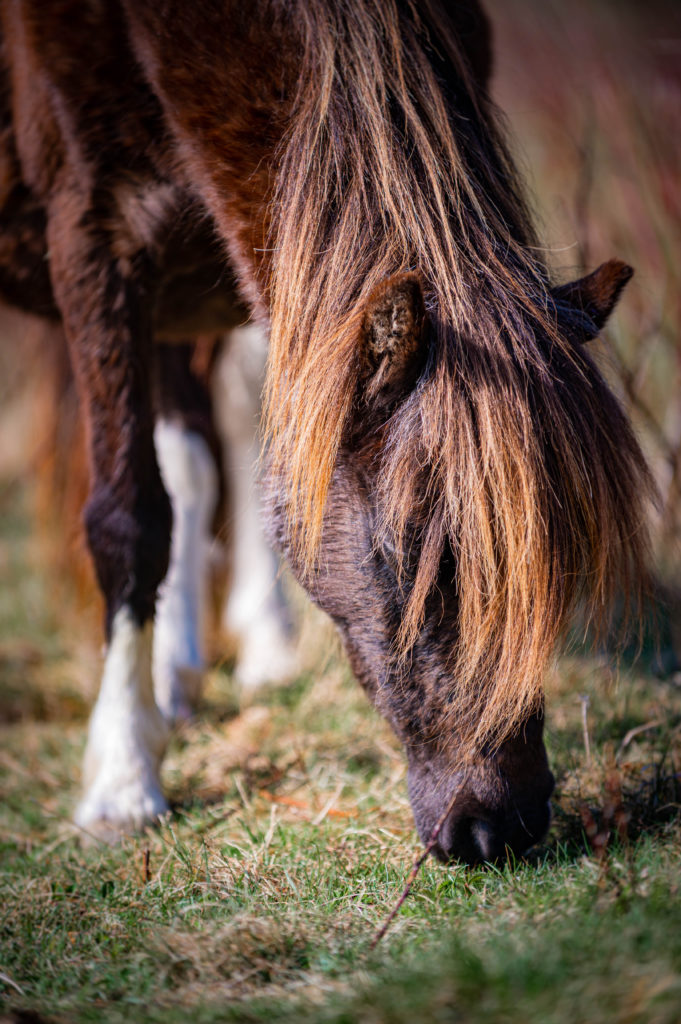
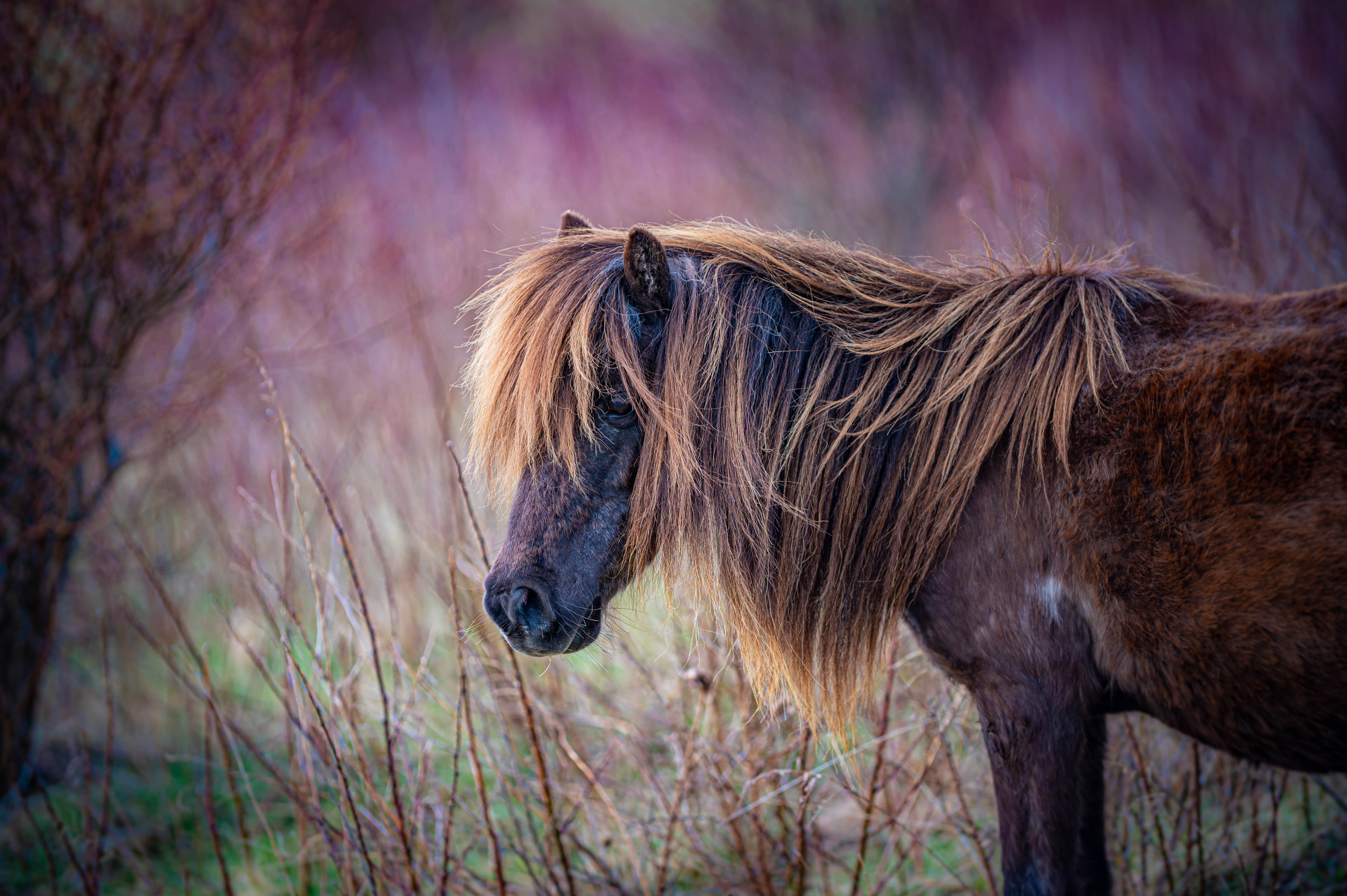
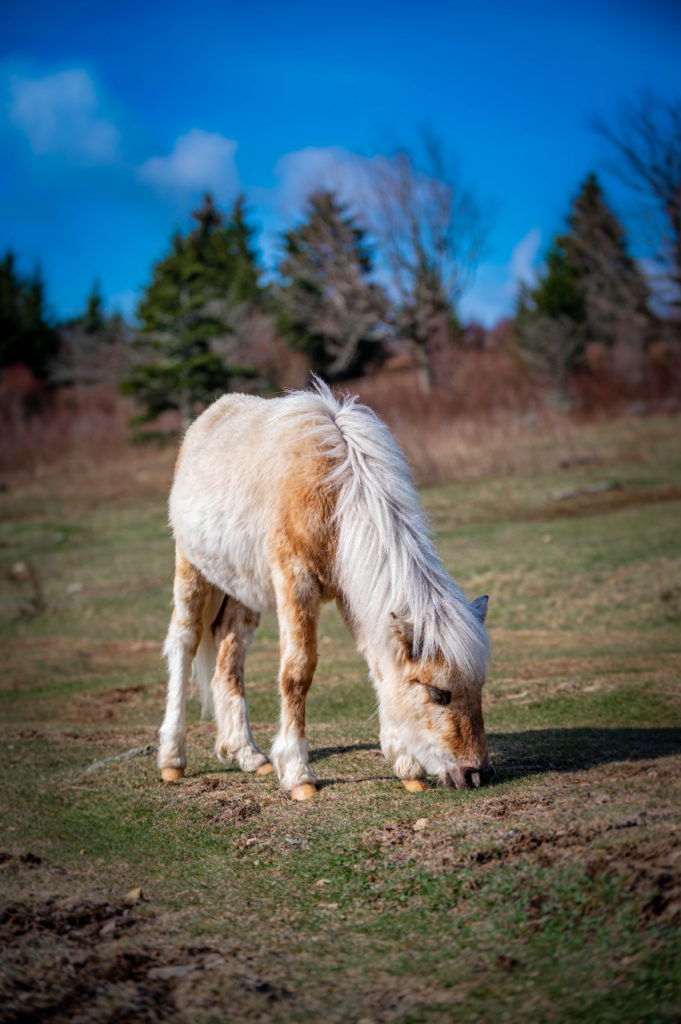
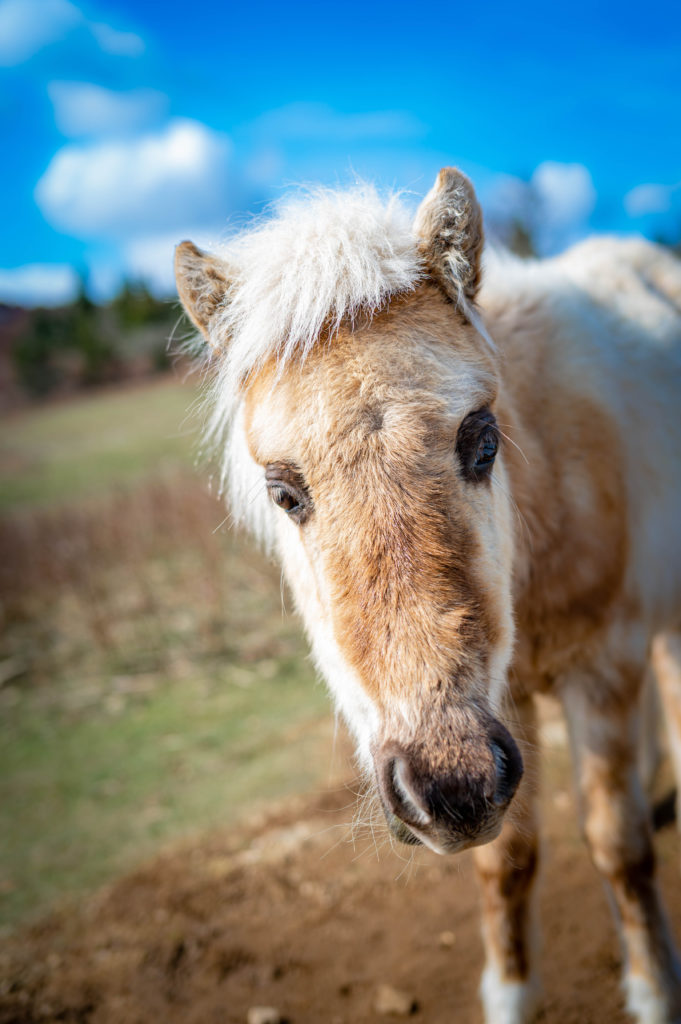
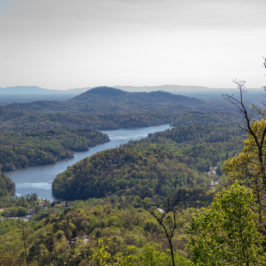
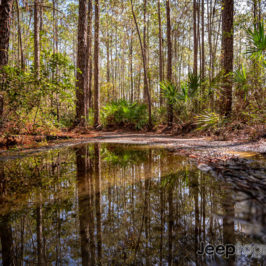

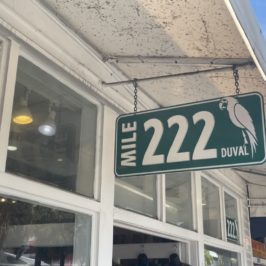
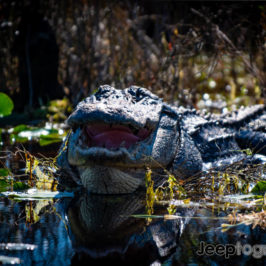
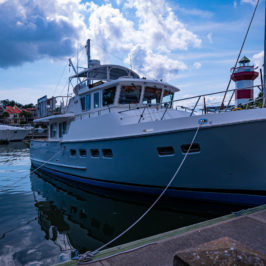
Leave a Reply